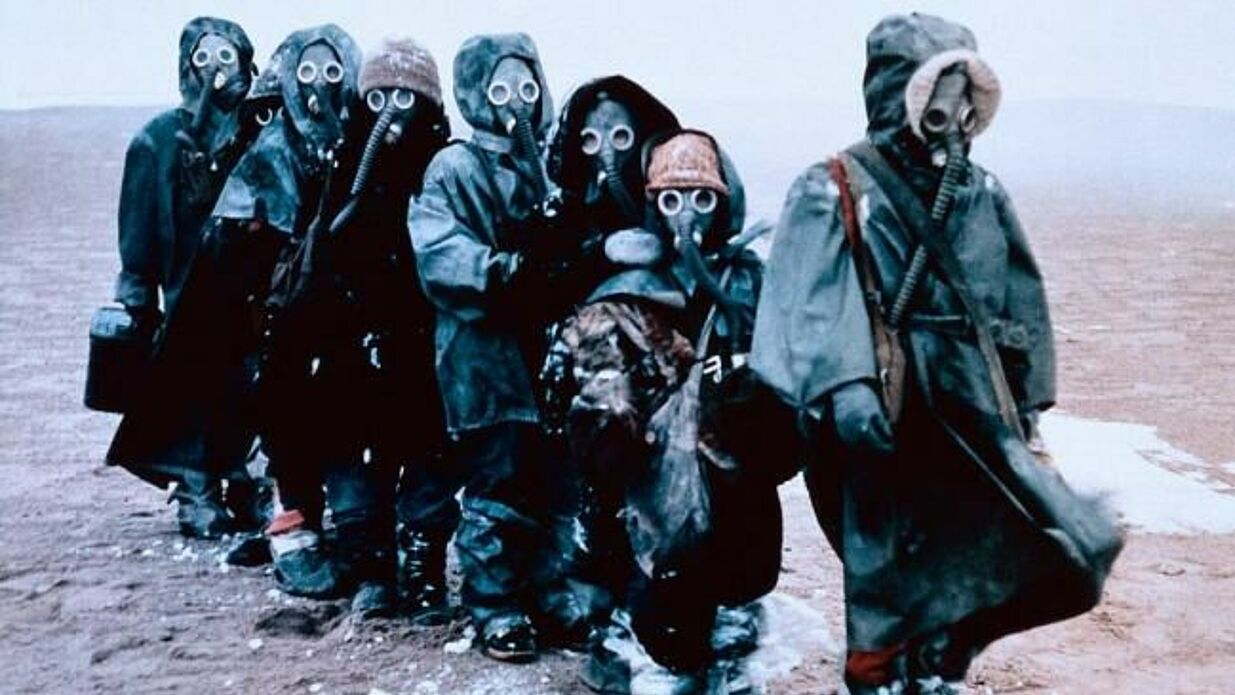The Atomic Cinema

Pisma myortvogo cheloveka (SU 1986)
On August 6 and 9, 1945, two atomic bombs were dropped over the Japanese cities of Hiroshima and Nagasaki on the orders of U.S. President Harry S. Truman. Their explosions immediately killed about 100,000 people, mostly civilians and forced laborers. Another 130,000 people died later that year as a result of the explosions. In a terrible way, the destructive potential of a new type of weapon had become apparent, which may have decided the Second World War, but at the same time turned the former allies into opponents in a new conflict: the Cold War.
To date, the bombings of Hiroshima and Nagasaki have remained the only two uses of nuclear weapons in military conflicts. Their immediate and long-term consequences emanate a scenario of terror that continues to shape the global fear budget beyond the Cold War. Because the destructive power of bombs has multiplied over the decades, the scenario of their use has increasingly moved into the realm of the unthinkable. The option of the complete destruction of the planet, however, has by no means led to a worldwide renunciation of the production of nuclear weapons. Rather, the balance of terror has been distributed among various actors, none of whom wishes to renounce nuclear means of power.
Even if the threat can no longer be erased from cultural memory, the question of how it can be represented must always be answered anew. Literary, sculptural, photographic and last but not least cinematographic works are still searching for aesthetic forms to make the potential catastrophe visible. The retrospective Atomic Cinema brings together documentary, animation and feature films from different countries and decades that enlighten, expose or accuse.
Among them are Japanese productions that tell in an often drastic way about the events of August 1945 and about the medium- and long-term effects that radiation sickness had and still has for the individual and for society. Also represented, however, are dystopian films made in other cultures and productions from the "hot" phases of the Cold War. When, for example, the Cuban Missile Crisis in 1962 threatened a nuclear world war, or when the superpowers Soviet Union and the USA entered a new phase of the arms race at the beginning of the 1980s, these conflicts not only fueled global fears once again. Many filmmakers also responded with works that would go down in history as images of these fears. The reality of the nuclear age cannot be grasped without its cinematic fictions.
A selection of particularly interesting films is presented in the retrospective curated by Daniel Körling in cooperation with the Film Cultural Heritage program of the Film University Babelsberg Konrad Wolf.